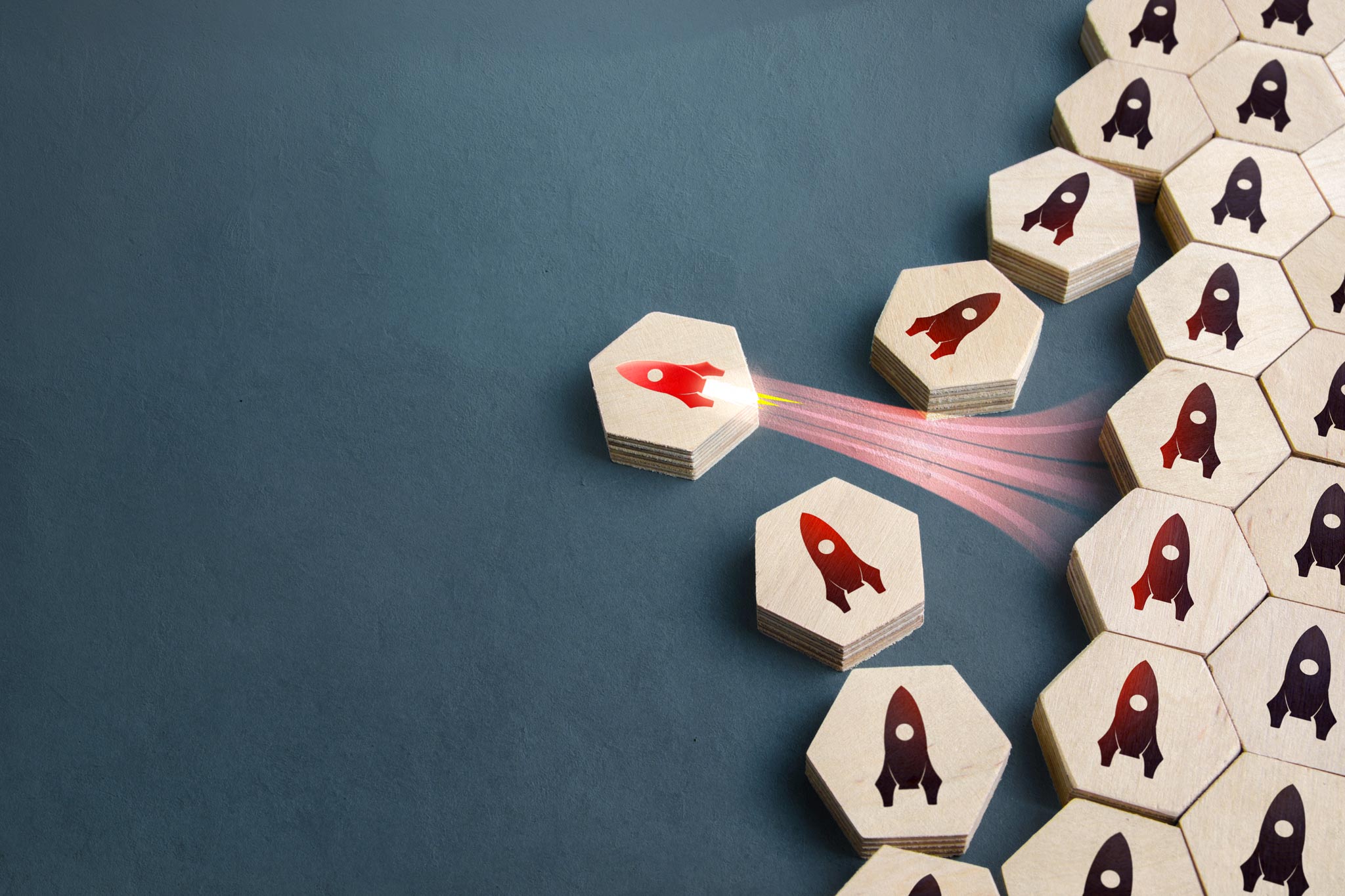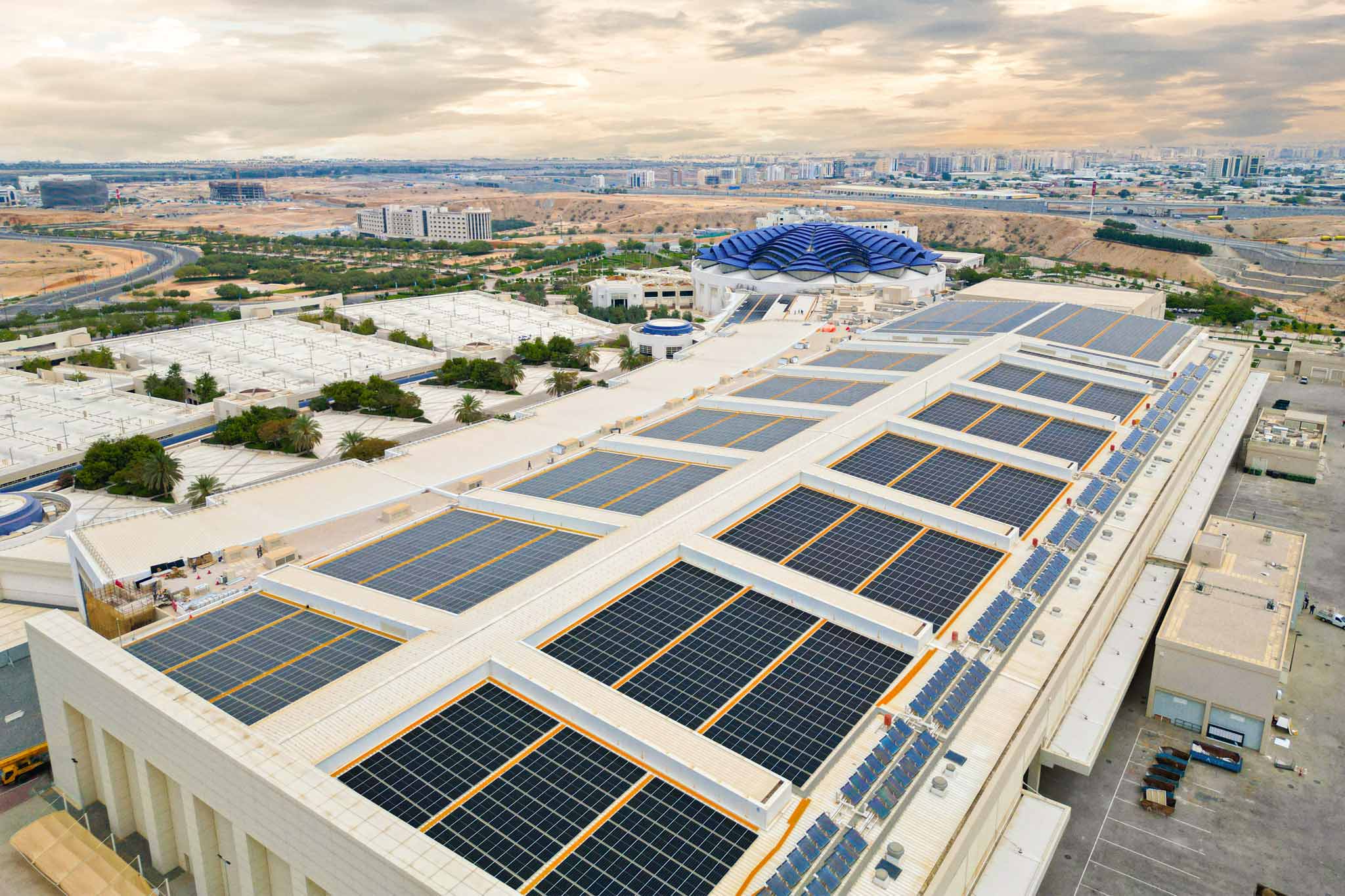I’m about to start and – yes! – the eyes of the people in front of me are on me, not on the screen. They are with me, expectantly. I can tell because the heavy curtains in the room are open, and daylight is streaming in, so I can see where their eyes go. And I can also look them in the eye, for there is no need for me to focus on the comfort monitor at the foot of the stage. There’s nothing there for me to check. It’s just a holding slide, with my name and title. I can walk freely on stage, not boxed in by the projector’s light beam, and I can’t go wrong with the clicker. I have no clicker. What a joyful sense of freedom.
In a previous article, I shared what I don’t do when presenting (namely, a PowerPoint slide show). This time, let’s zoom in on what I do do. Like last time, I have one primary suggestion plus a series of attendant recommendations.
The central point is this: when preparing, at the top of a clean sheet of paper, I write down the one key message I wish to leave participants with. One sentence. It is the one thing I want them to remember, take away and act upon. Everything in my presentation serves to ensure that this happens. The sentence says what I wish them to think, feel, believe, or do when my presentation is finished.
To make that happen, I need to engage them, and engage them at a deeper level than I can reach with slides. I rapidly need to get into a genuine relationship with them. My presentation should be an agent of change. And people are induced to change their behaviour mainly due to emotions, rather than facts and data. Data may serve to illustrate a point and reinforce that what you are saying is correct. But being right is pointless unless people also internalise a conviction. Only then will they act upon it. As I argued in the previous article, a slide presentation typically detracts from all that. It creates distance. It makes it harder to engage in conversation, and to overcome the distance between the stage and the floor.
From a practical standpoint, there are many ways to achieve this. Here is a non-exhaustive list of communication tools that work, at least in my experience.
Focus on the beginning and the end The first 15 seconds are crucial in establishing a relationship with your audience. Are you dedicating those 15 seconds to fiddling with your pointer or getting the tech guy in the back to wake up? Or are you looking your crowd straight in the eyes, and pulling them in?
Equally, ensure your finale hammers your main message into your audience’s mind, and gives participants a clear cue on what to do with the content you just shared.
Audiences remember the beginning and end much better than any other part of your presentation.
Tell stories The human brain is fond of stories of the meaning they give to the complex world around us. And of the emotions they carry. Your entire presentation could be one extended story. In which a character discovers solutions after going through hardships. Deliver a good story instead of conjuring up visual effects on slides.
Use props In a recent presentation, I told a story involving seals – the cute, chubby cousins of dolphins with those big, black, moist eyes. The day before, the event’s CSR activity brought us to a factory that produced stuffed animals for children (well, judging from the reactions of the adults, actually not just for children). One of the animals in their shop was an irresistible seal puppy. I bought it, and used it the next day on stage, and gave it to someone in the first row at the end.
You can use all kinds of objects to illustrate your point. The more evocative your props are, the more they help you hit the right chord with your audience.
“When people gather physically, something much more impactful must happen”
Make your participants do things Make them actual participants: active people, who aren’t just consuming your content, but contributing to it. The easiest way of achieving this is to ask them to process some of the content then and there, together with people sitting close to them.
This line of thought opens up further options You can ask people to move and connect with new people they would otherwise not have met or talked to because networking is usually between groups of people who know each other already. You can then ask them to discuss the content with their new neighbours. It’s challenging, sure, but extremely valuable. I sometimes ask just a few volunteers to come forward and sit with me on stage. They then become a panel, representing the voice of the audience. Conversing with them is like talking with the entire crowd.
You can ask participants to influence your content For instance, ask them to break it up into four or five subtopics, and then allow people to vote on how much time they want you to dedicate to each of those subtopics. This requires you to be flexible in dealing with your content, but achieving that is proof of mastery, which fuels your credibility.
Why not flip the time you dedicate to presenting with the time for Q&A? Instead of doing 90 per cent presentation and 10 per cent Q&A, you can do 50–50. Or even 20–80. That way, your content will be genuinely audience-driven. If you feel that the questions asked leave some vital points untouched, then just set aside five minutes at the end to address those points.
You can create visuals as you go along This can be achieved using a simple flip chart, plus camera, or an iPad. Excellent training courses in graphic reporting are available, and they are worth the investment to distinguish yourself.
My last recommendation is totally different It is practice. Practice your content at home. You need to discover, and develop, the delivery logic that the order of your non-existent slides will no longer dictate. You need immediate memory access to exactly the right words that you will no longer be able to read off the comfort screen at your feet. So, enrol your dog, your cat, or your goldfish, and engage them.
Presentations to share data should become a thing of the past. They are not a good enough reason to unite people at meetings and events. They are an essentially non-sustainable meeting model; you can absorb data and facts in the comfort of your home. But when people gather physically, something much more impactful must happen. And when that something involves content, it requires presenters who can move people, physically and emotionally.



